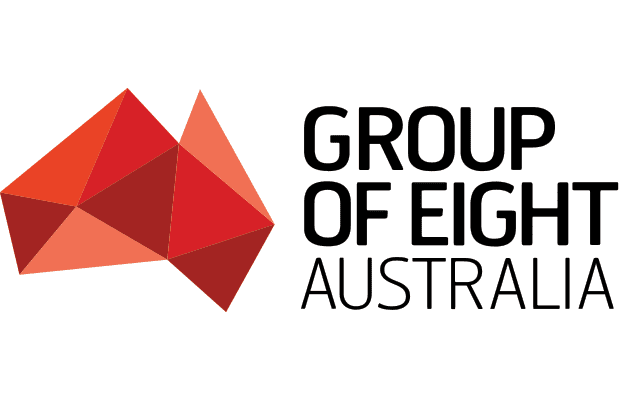The Group of Eight (Go8), which represents Australia’s most research-intensive universities and includes USyd, has rejected a call to disclose nationality breakdowns in a new “diversification index” over fears that the policy risks alienating key international student communities.
Among the chief reasons cited for this policy was mitigating “financial risks if there are market disruptions” and ensuring “freedom of speech and expression”, alluding to rising geopolitical tensions between the Morrison Government and China.
In a statement responding to a callout for submissions on International student diversity at Australian universities, Go8 CEO Vicki Thomson argued that the policy may backfire and risk being seen as “an attempt at racial profiling”.
“The introduction of a Diversity Index in the current geopolitical and economic environment would send a negative message to students and their families who are currently considering Australia as a viable option for their higher education,” the statement said.
“It is also critical to ensure that Chinese and Indian students do not interpret such an index as indicating they are no longer welcome in Australia.”
Further, Thomson voiced concerns that the diversification index may provide rival institutions with “unintended market insights” and disadvantage Australian universities’ commercial standing.
The Go8 suggested that it is not expecting international student numbers to recover to pre-pandemic levels until 2026 or 2027.
At present, a nationality breakdown of international students at Australian institutions is publicly available at the Department of Education, Skills and Employment’s website. The Department publishes statistics on both the national and state level.
In line with other Go8 members, USyd Vice-Chancellor Professor Mark Scott discouraged the Federal Government from adopting the policy in his submission.
“The Index outlined in the Discussion Paper risks unintended consequences by misleading students and the wider community about the true extent and nature of diversity and internationalisation at each institution,” the submission said.
Instead, USyd proposed an alternative number of measures such as “mission-based compacts”, “performance-based funding” as part of the Commonwealth Grant Scheme and strengthening “institutional annual reports”.
It also advocated for increased federal funding in tertiary education. According to Scott, USyd currently spends approximately $750 million in discretionary funds to cover research expenditure.
Presently, the University’s annual report does not include a demographic or nationality breakdown and instead focuses on equity groups such as First Nations, international and disabled students.
Should the proposed diversification index be implemented, Australia will be one of the first countries to publicly disclose nationality breakdowns at an institutional level. In contrast, American and British universities prefer to highlight racial demographics as part of efforts to monitor diversity.
In 2021, the University of Sydney implemented a scholarship primarily targeting international students from Southeast Asia, India and the African continent as it deemed these regions as being of “strategic importance”. The University was criticised for successfully seeking an anti-discrimination exemption to lawfully exclude Chinese students from the scheme.





